Tue May 24th, 2016 5:31am, NYC
CELEBRATION:
The long-awaited revival of
The Universal Gospel of Yoga:
The Words of Sadguru Śrī Mahāyogī Paramahaṃsa,
now in print once again and available in its newly-translated third edition!
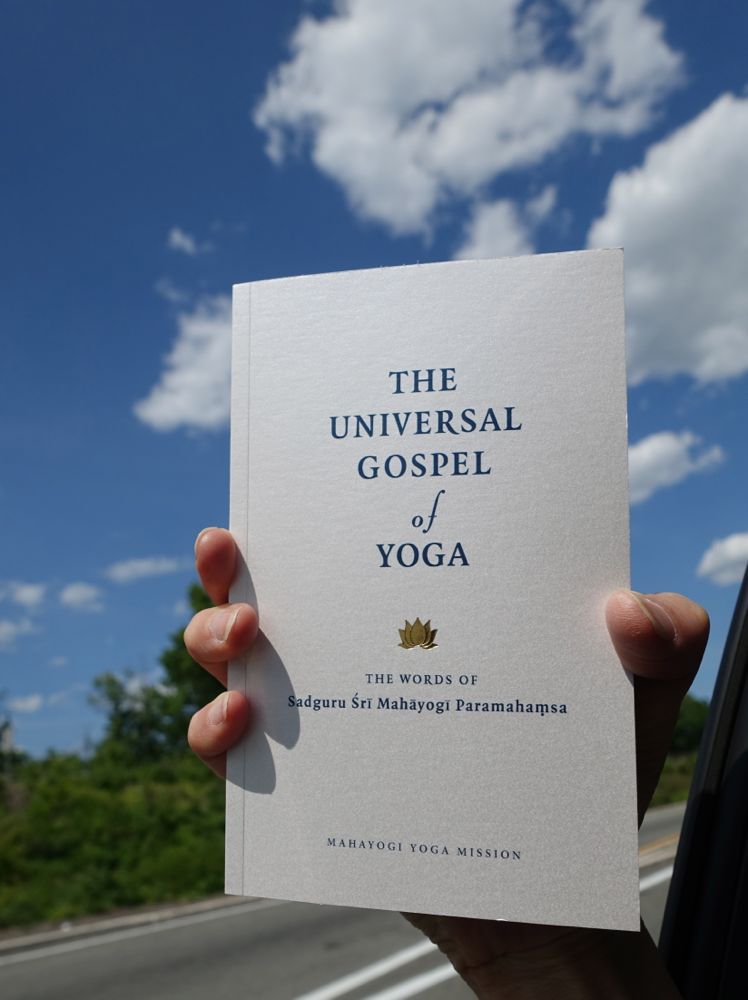 On the way back to the Cave from the printer~~!
On the way back to the Cave from the printer~~!
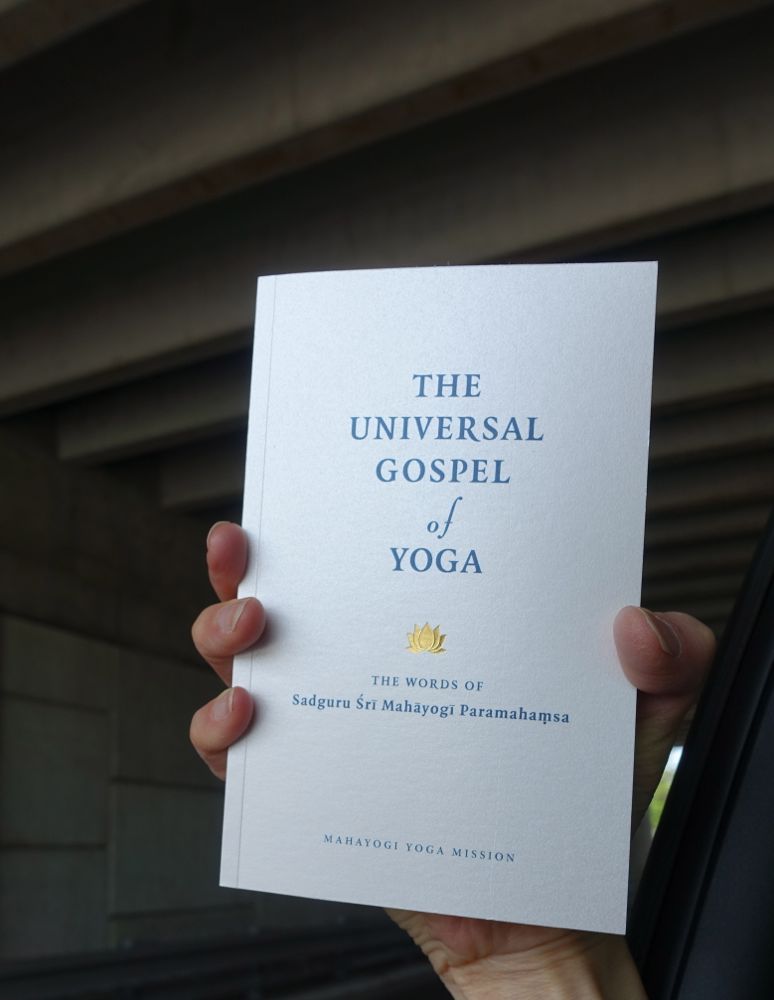
CONVEYANCE:
BOOK EVENT
~Book Release of The Universal Gospel Of Yoga 3rd Edition~
• Performance • Readings • Anecdotes • Q&A
Sat June 11th 2pm – 3pm
(Door will open 1:50pm)
At the Heaven Room, Integral Yoga Institute New York
227w 13th St, NYC (Bet 7th & 8th)
You are all invited!!!
Please arrive 10 minutes before the event begin!
*
Pranam to Our Revered and Honorable Guru,
Sadguru Śrī Mahāyogī Paramahaṃsa
We are filled with joy and gratitude to announce that the day has finally come to present to you these precious jewels – the Sacred Words of our Revered and Honorable Guru, Satguru Shri Mahayogi Paramahansa!
To mark this joyous occasion we will have the opportunity to present The Universal Gospel of Yoga at the Integral Yoga Institute of New York, and all are invited to attend. The presentation will consist of a short performance, readings from The Universal Gospel Of Yoga and anecdotes offered by three sangha members about different aspects of The Universal Gospel of Yoga.
It has been quite some time since the decision was made to re-translate The Universal Gospel Of Yoga in 2012 when the supply of copies began to dwindle. And after nearly four long years, during which The Universal Gospel of Yoga was essentially out of print, we feel compelled to humbly apologize to our Guru that it has taken so long to complete the editing process and thus enable his words to reach the countless hearts who have been yearning for these teachings of Truth. With the release of this new edition we aim to ensure that The Universal Gospel of Yoga will be available to all who seek the authentic teachings of Yoga for many years to come.
To convey the excitement and enthusiasm that we feel at finally being able to announce this momentous occasion, we would like to share an excerpt from a speech given by Anandamali during Jayanti, the annual celebration commemorating Shri Mahayogi’s birth at the Mahayogi Yoga Ashrama, on November 23rd 2013, in which she spoke about the sangha in New York and expressed the depth of her emotions toward The Universal Gospel Of Yoga and the editing team that was working with her on this new edition.
“… … Currently in New York, although there is only a handful of staff, we are working on the final stages of editing The Universal Gospel Of Yoga, which has been fully retranslated. Once again, through the process of this work, I have become keenly aware of and recognized all over again the awe-inspiring state which Shri Mahayogi embodies and the perfection of the words that Shri Mahayogi speaks, constantly chosen from a permanent state of razor-sharp, absolute discrimination that is beyond even time and space. Shri Mahayogi’s words are always delivered from the state of Truth, so if we derive our understanding of their meaning from the perspective of the mind’s view, the meaning can wander off on its own. May we be ever vigilant in protecting your Pranava at all costs. The words of Truth uttered by the Awakened Ones are truly alive. The words themselves are breathing and glistening with life. Unless the seeker knocks on the door, and then faces the test that awaits as we examine ourselves and gauge our seriousness, unless the seeker seriously seeks for It, and unless the seeker dives into the depths of the ocean to find the precious pearls for themselves, the teachings of Truth will not be revealed. In the words given by Shri Mahayogi, even though the words may not appear to be direct answers, there is a meaning that is hidden there that we need to dive in and penetrate in order to uncover.
Yoga, in its original form, can only begin after one’s mind is prepared for religious awakening. The same can be said of the internal initiation Shri Mahayogi assents to give to his disciples. The mind of religious awakening is the unshakeable resolution and the unfailing determination to stake one’s life on Satori. Without a doubt, every single task in Yoga ought to be carried out with the same indomitable spirit. In undertaking this work, the completion of the third edition, I feel that the quality of the translation of The Universal Gospel Of Yoga has finally reached an acceptable level. Although it is only a small handful of members, I am so grateful to inform you that I have been tackling this project with a team of marvelous comrades who share with me this sublime ideal of leaving behind these records of the teachings of Shri Mahayogi, my Beloved. With our guiding belief that the task in which we are engaged will yield a book that will serve as a Bible that will be read by a massive number of people for many generations to come, we carry out this work with a great sense of responsibility. Perhaps, ten years from now, when our understanding has deepened and we find ourselves in a different state, then further depth might be revealed, but I believe that the work we have done is of the highest quality that we are able to bring forth at this stage.
I feel that at this moment, we are getting ready to send out your dear child, whom You have graciously bestowed on us to raise, and who has now grown up and is getting to the point where this dear child can walk by himself, toward the light. One day, when we are all gone, Your words, which will have been translated for all, will continue to shine on forever. … …”
-Excerpt from a speech by Anandamali on the occasion of Jayanti 2013
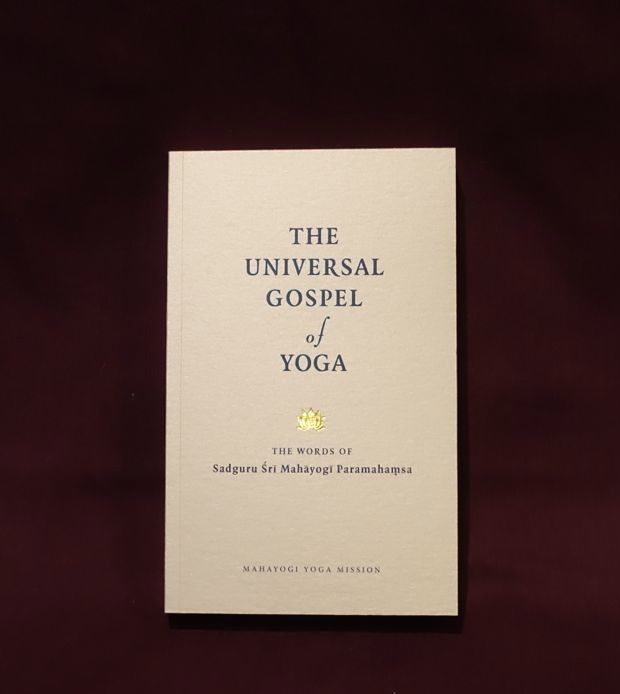
OM TAT SAT, OM!!!
JAI SATGURU SHRI MAHAYOGI PARAMAHANSA KI JAI!!!!!!
***
Scenes of the Editing Process
Summer 2015, at our Sangha house, Astoria, NY
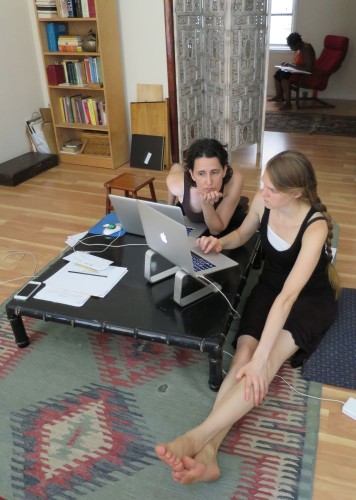
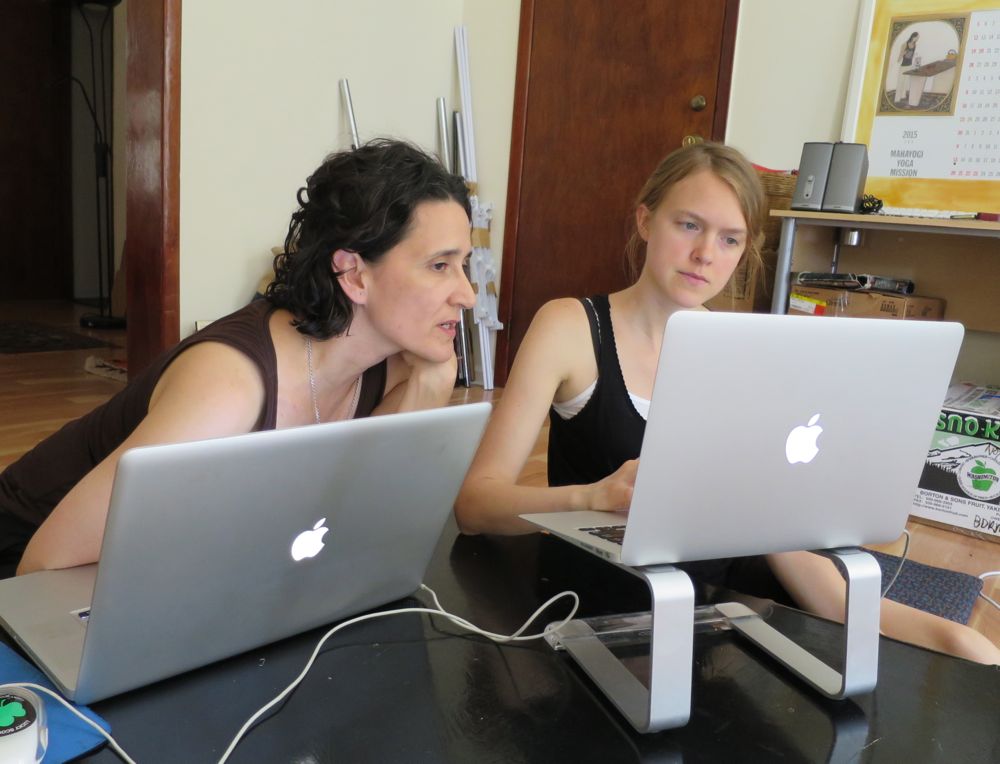


*

*
We would also like to mention Matthew and his involvement in our work. Although he has been living in Croatia for twelve years, he is one of the main editors of the MYM in NY. In spite of being far away from his motherland, the United States, and physically separated from the sangha in New York, The Universal Gospel of Yoga was the powerful vehicle that kept his heart connected with Shri Mahayogi every day for several years. When he left for Croatia in 2004, he took a copy of The Universal Gospel of Yoga with him. Of course, he had no idea that one day he would be fully involved in the project of editing the new edition. But over those years he developed a strong love for The Universal Gospel of Yoga and that can be seen in how wholeheartedly he dedicated himself to this work.
 Matthew’s daughter Prema was born while we were working in August, 2015.
Matthew’s daughter Prema was born while we were working in August, 2015.
Jai Our Dearest Sadguru Śrī Mahāyogī Paramahaṃsa Ki Jai!!!!!!!!!!!!!!!!!!!!!!!!!!!!!!!!!!!!!!!!!

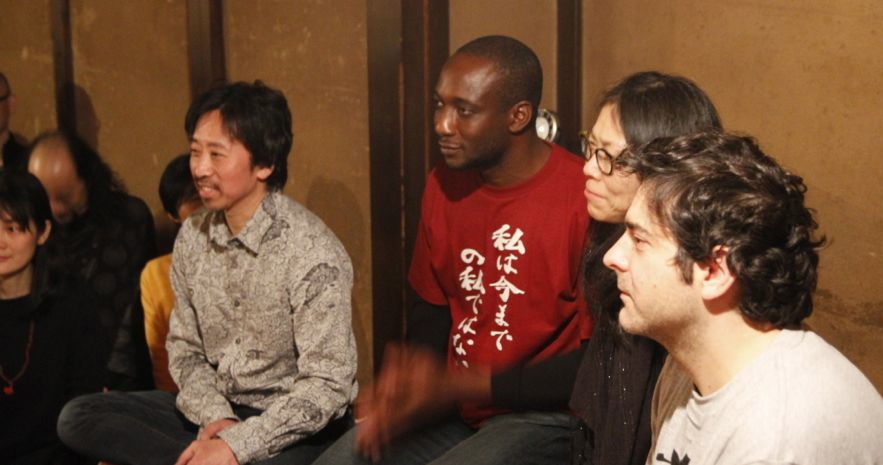
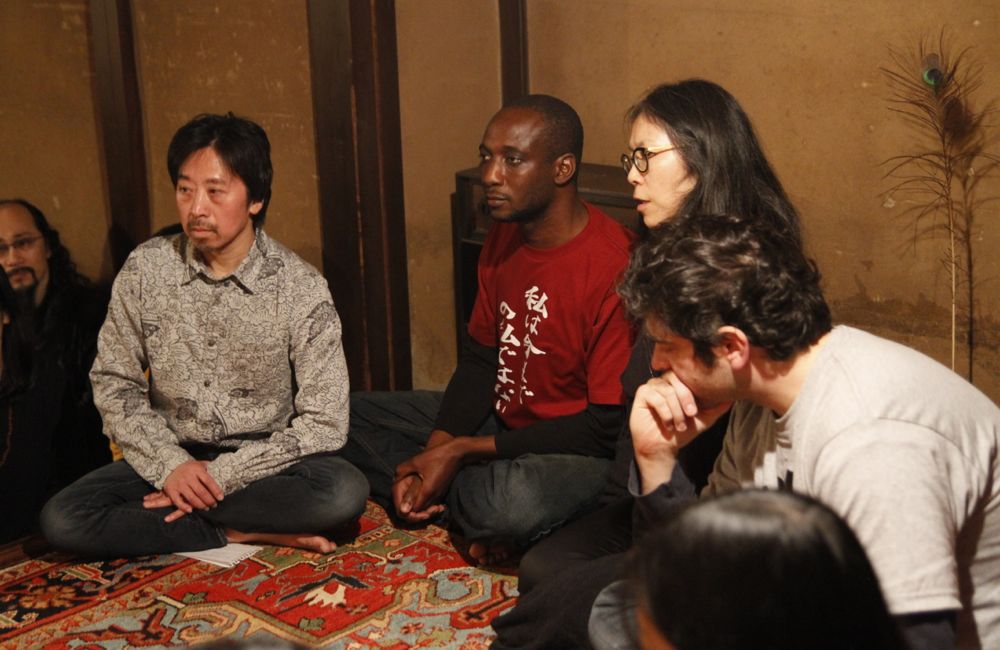
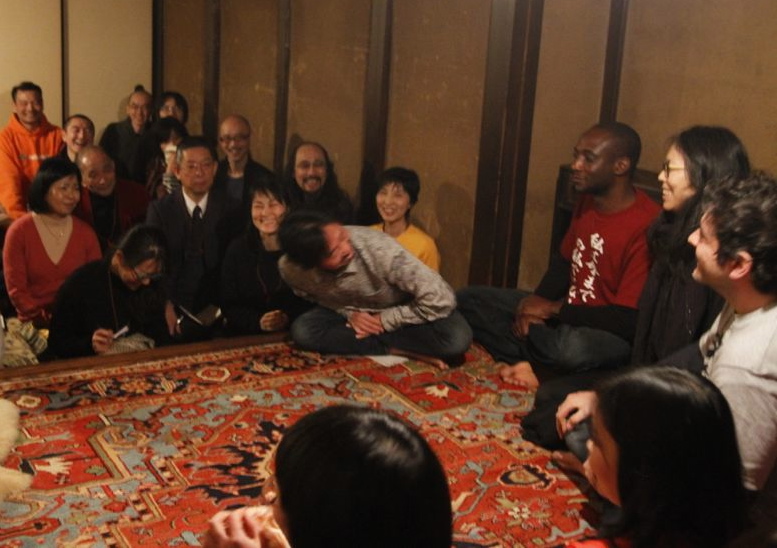
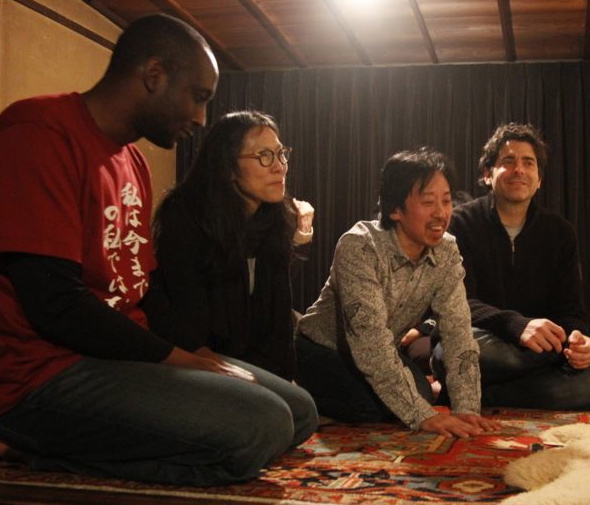
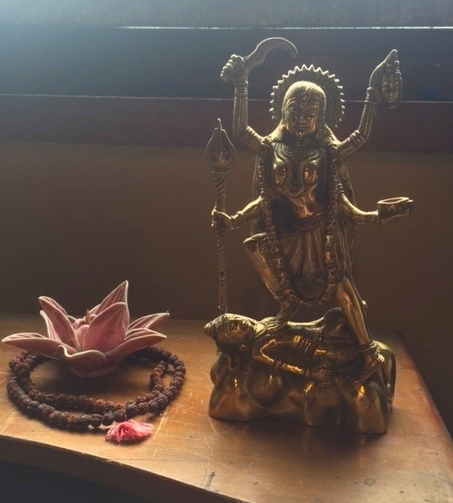 Kali at Satya’s altar in Yoga Vihara
Kali at Satya’s altar in Yoga Vihara Yogadanda’s lunch box prepared by Satya
Yogadanda’s lunch box prepared by Satya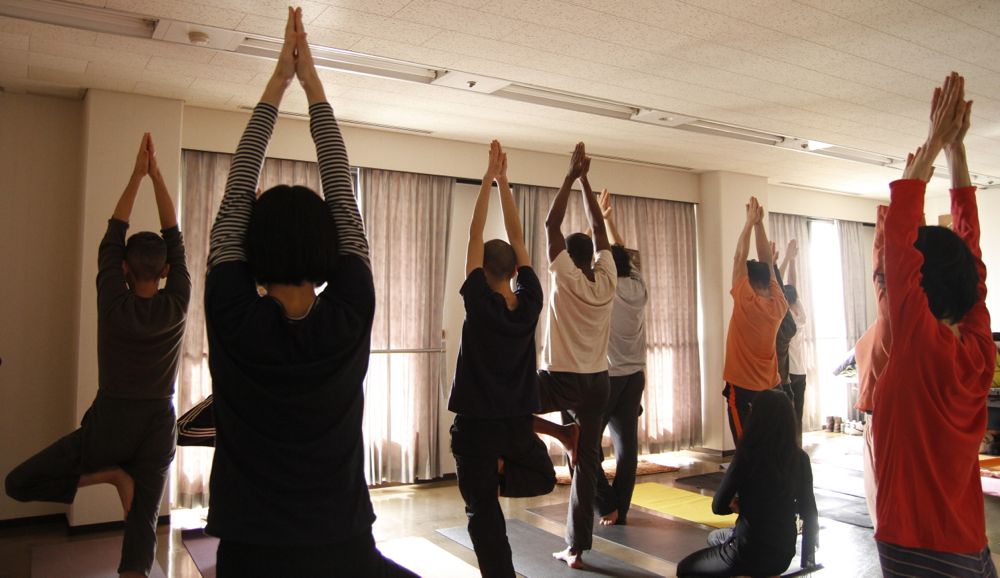
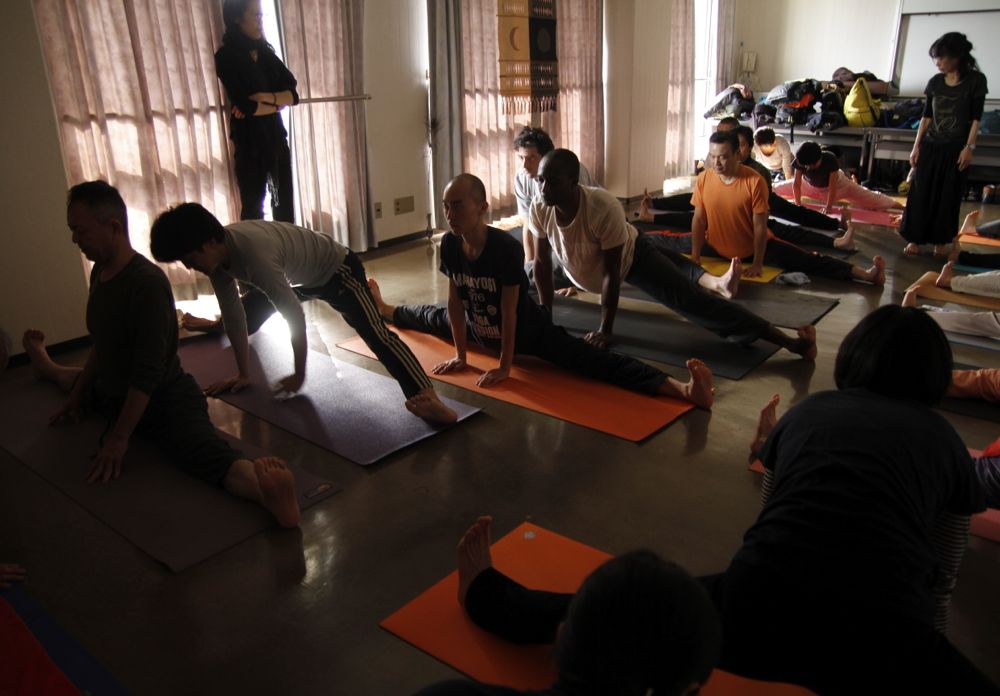
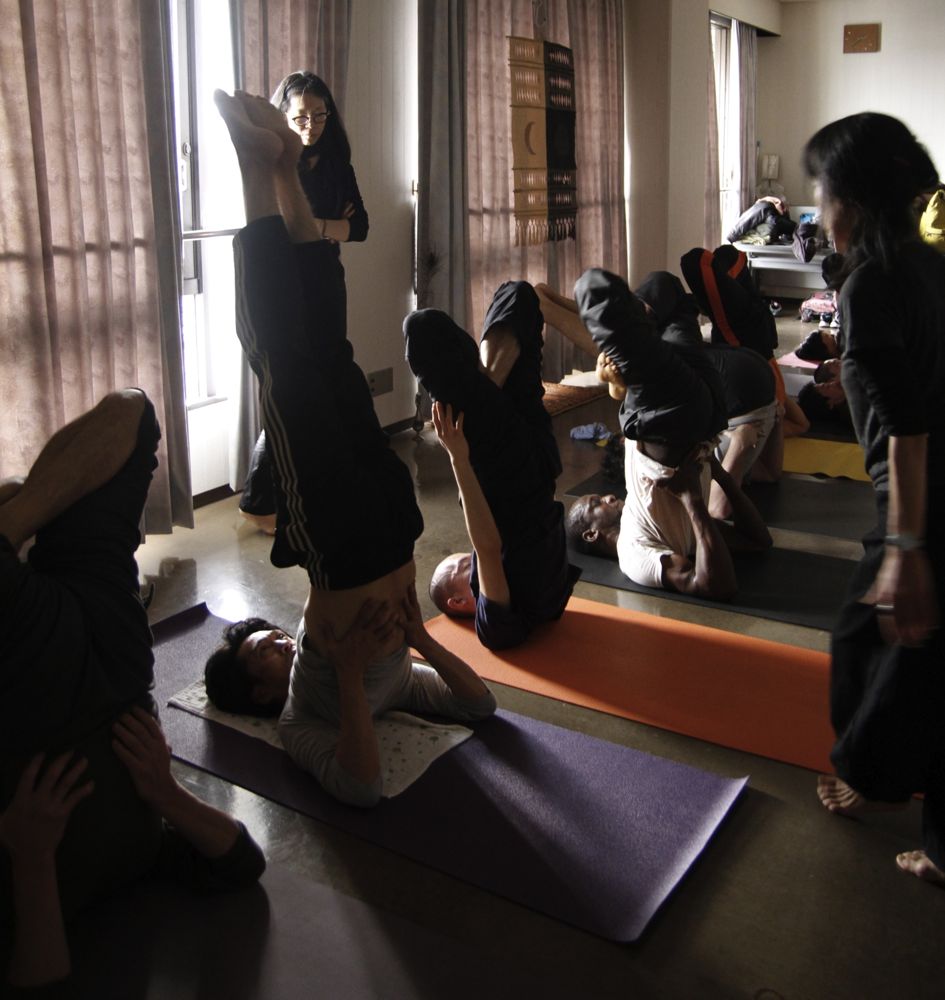
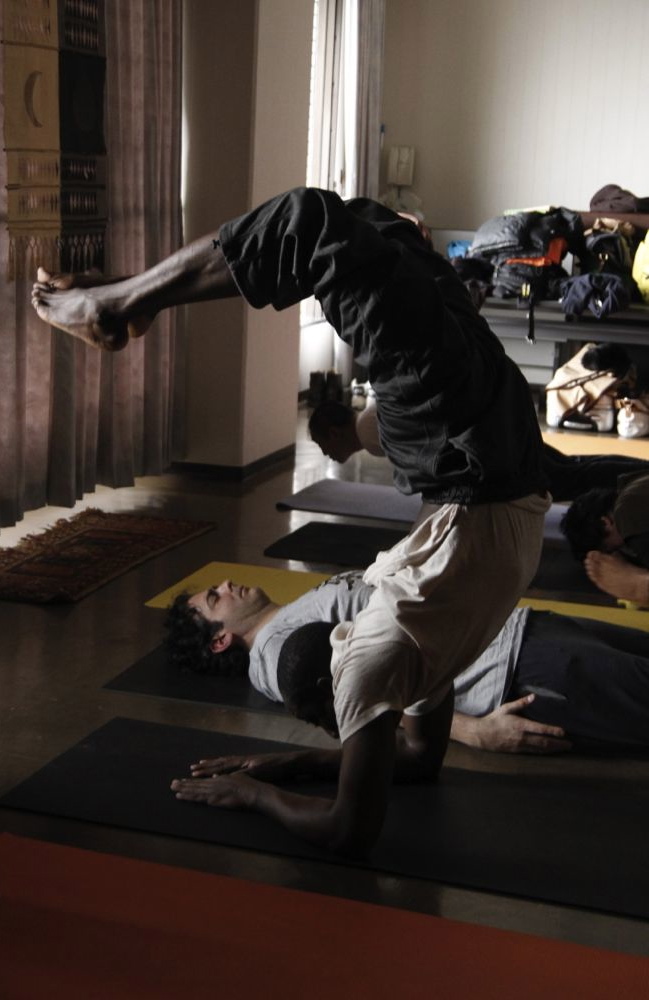

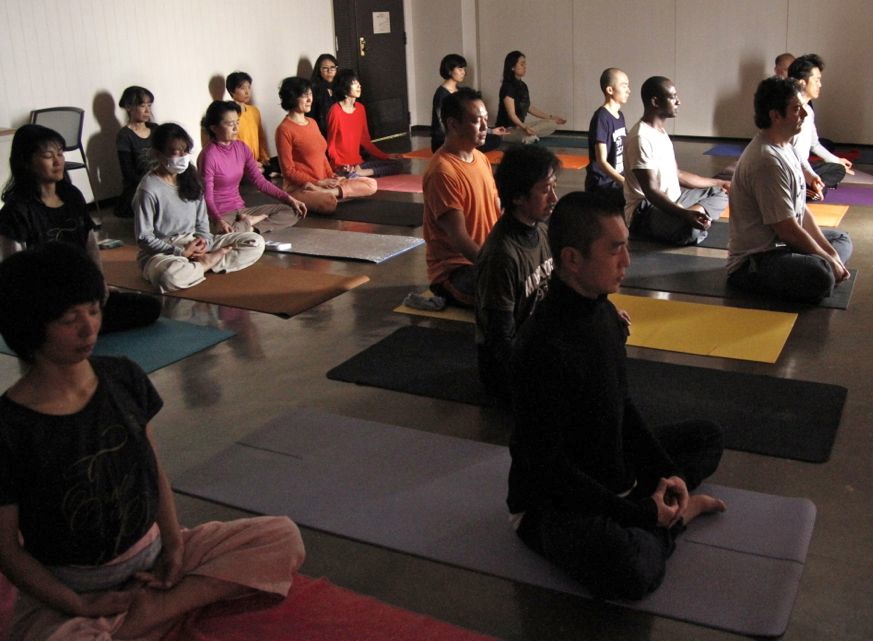
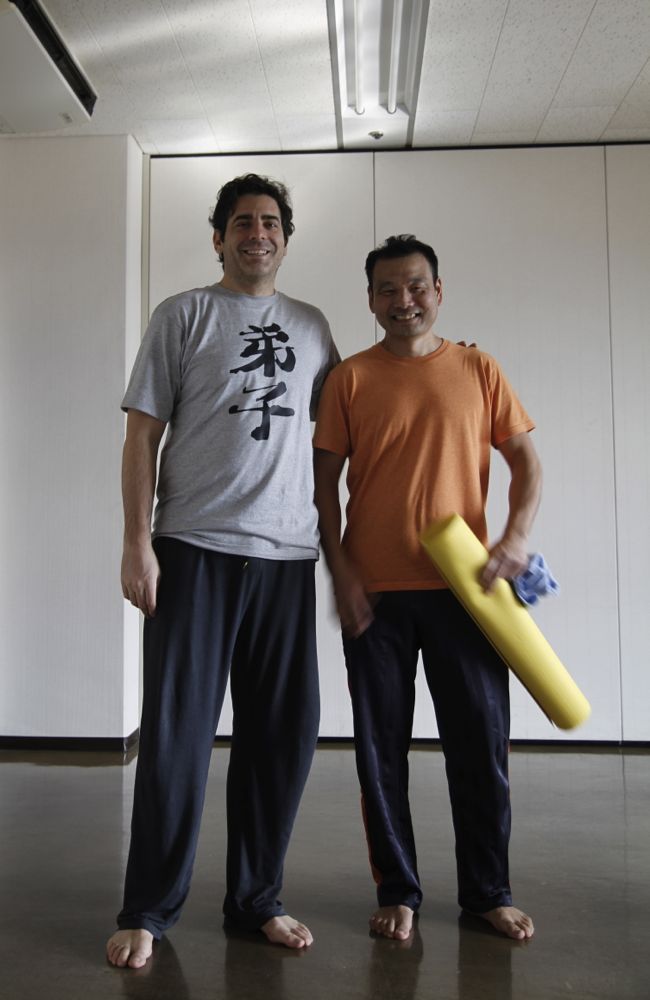 Ryan (弟子 on his T-shirt ‘disciple’) and Asanghan
Ryan (弟子 on his T-shirt ‘disciple’) and Asanghan
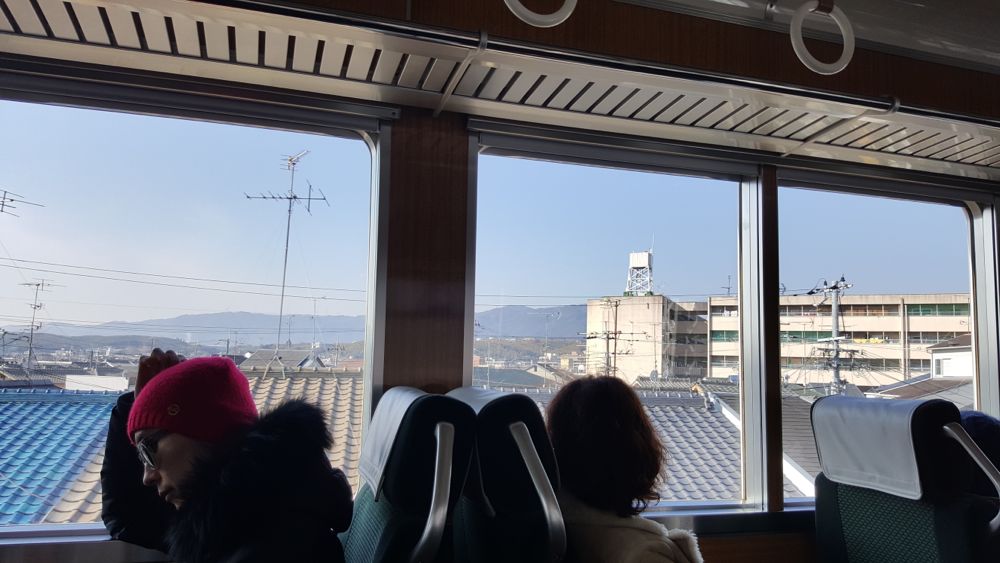
 Mr. Takahashi, one of the founders of Sakura(second from right)
Mr. Takahashi, one of the founders of Sakura(second from right)

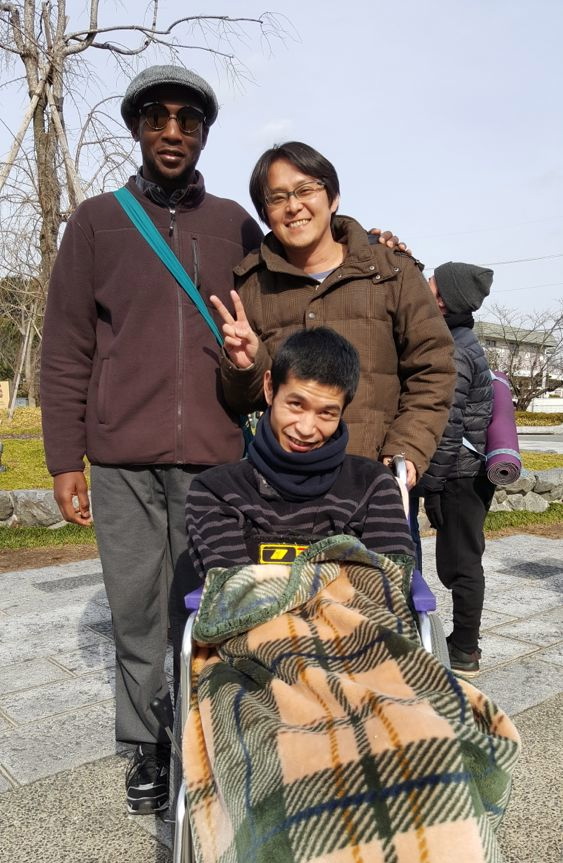 Mr. Horie, one of the founders of Sakura (front)
Mr. Horie, one of the founders of Sakura (front)